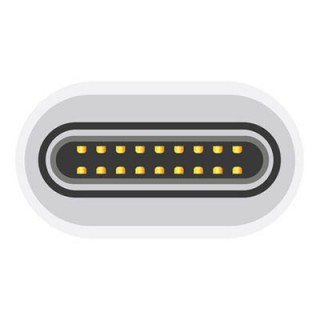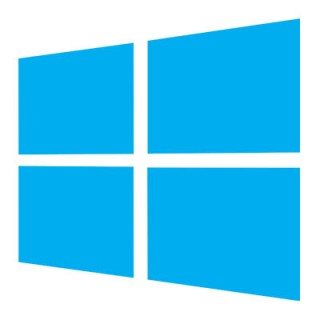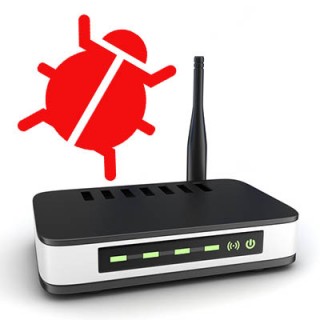Technology is great for improving certain parts of your business, but only if it is implemented correctly. The way you manage your technology will determine whether you are investing wisely or just throwing away money on solutions that simply don’t work. How can you make sure that your business isn’t held back by the way it manages its technology? It all starts by taking a look at what you currently do versus what successful companies are doing.
Almost all small businesses use technology, but they don’t necessarily have an in-house department dedicated to overseeing how it is used or maintained. If you don’t have enough operational capital to employ dedicated staff whose job is to effectively manage your business’ IT solutions, chances are that this responsibility falls to your other employees. Even if they are the ones doing the maintenance, it’s likely that they can’t provide the specialized services required for each and every piece of hardware and software that your organization uses on a daily basis; not to mention the background in the organization and management of business technology. In any case, you’re risking your organization’s future with every software patch not being implemented on time, or security update not being applied as needed.
What about in a worst-case scenario? In a situation like this, where your business’s data could be compromised by external factors, would you have an answer for the inevitable tough questions? Natural disasters and hacking attacks are two cases where you could experience crippling data loss or corruption. If a scenario like this were to play out, you want to make sure that your organization has a way to back up and restore data. This way, you can maintain a reliable and recoverable copy of your organization’s data off-site just in case. After all, future events like this are, quite frankly, impossible to predict. If you’re not using an automatic system, you never know how much data you could lose in the event of such an attack.
Ultimately, the most important part of preventive IT maintenance and management is that it saves your business a considerable amount of capital. By making sure that all of your services are operating at full capacity, you create more opportunities for your employees to be productive. Furthermore, by making sure that all of your patches and updates are applied properly, you gain the peace of mind that entities that threaten your organization’s profitability are being repelled. Outsourcing all of these responsibilities to a managed service provider like Infradapt lifts the weight of these important responsibilities from your organization’s shoulders, and it keeps you from expense associate with maintenance and repair of critical IT components.
To get started with managed services from Infradapt, reach out to us at 800.394.2301.




